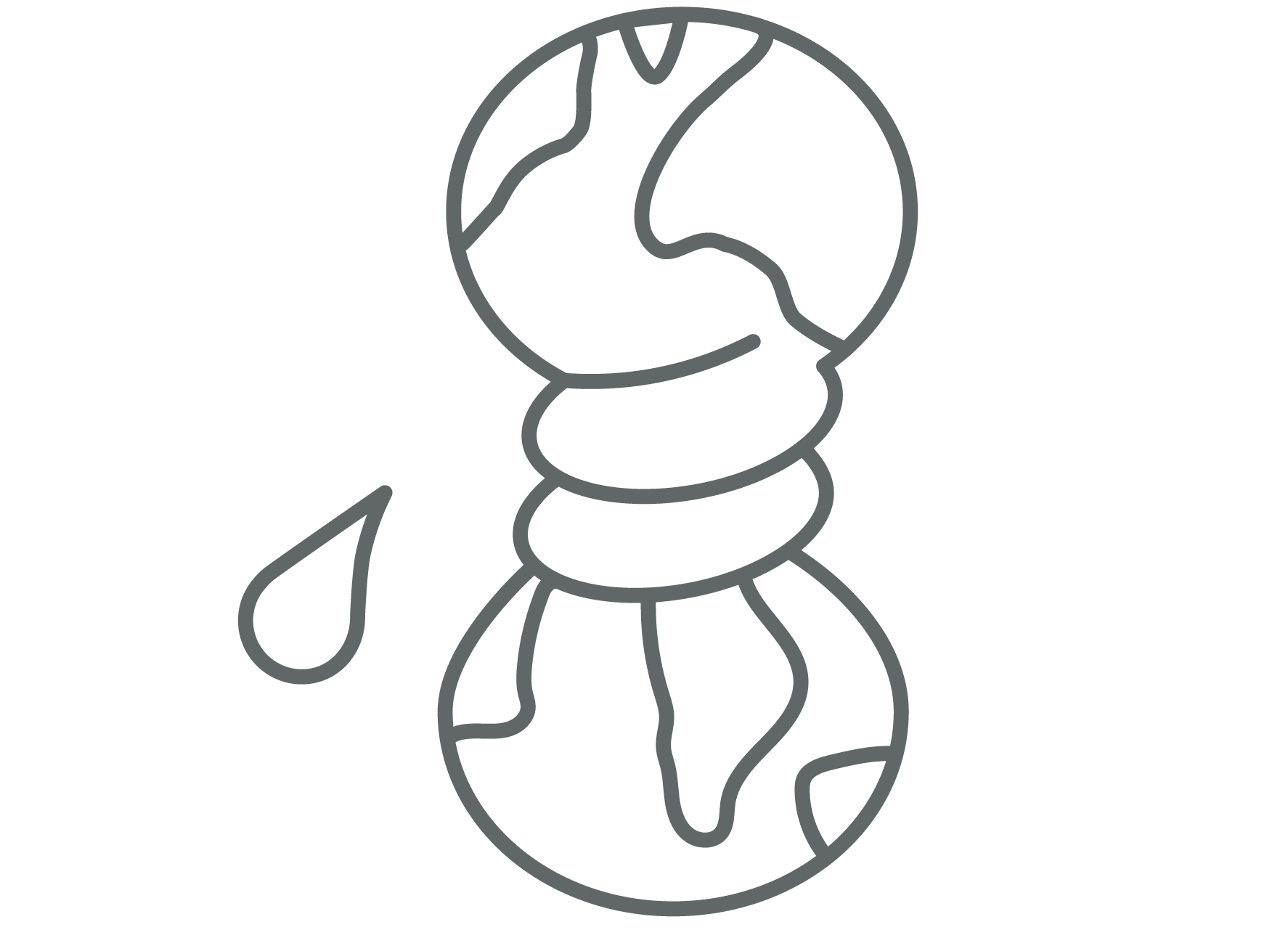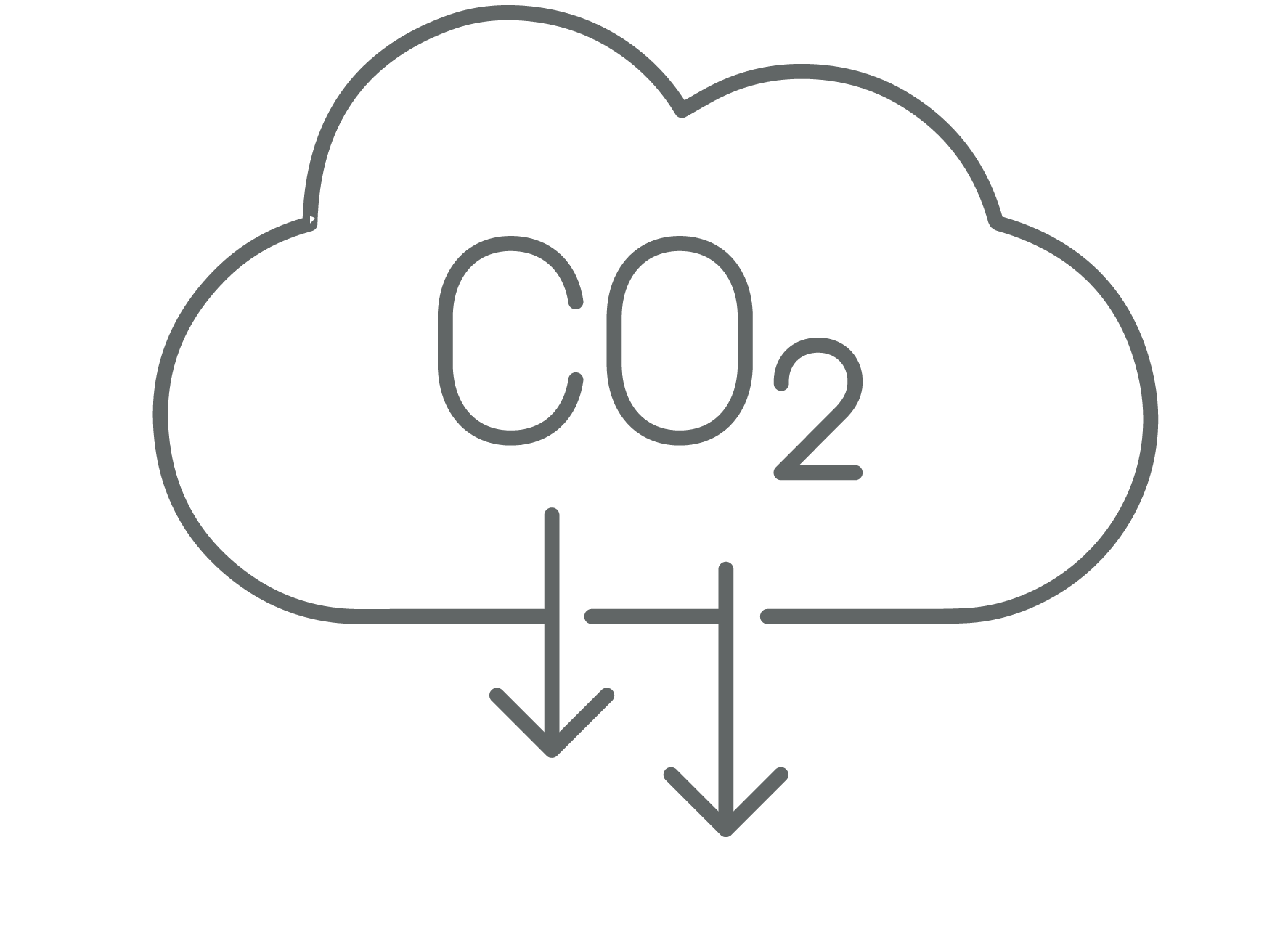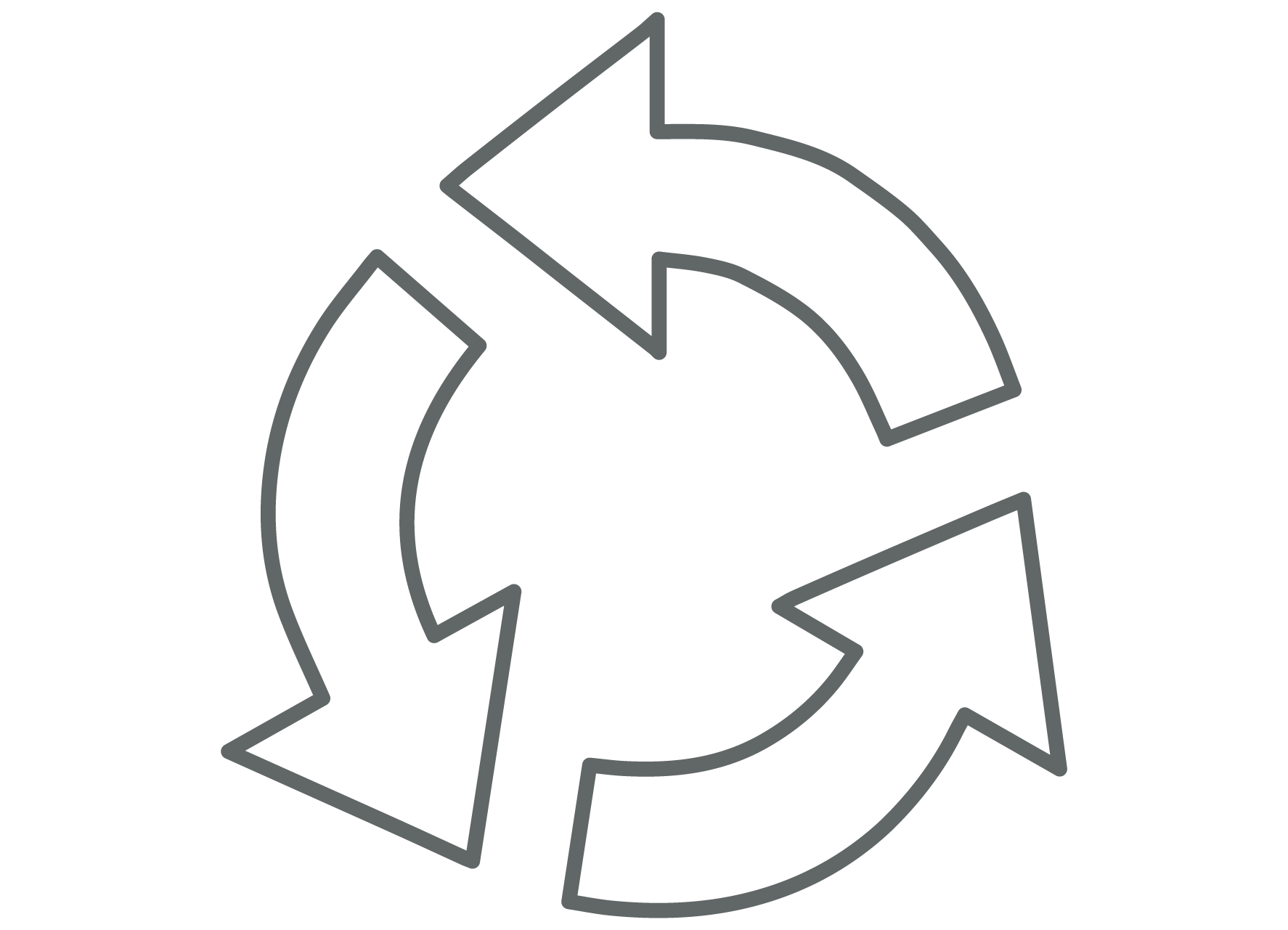CATEGORIES & SCORES
Assessment
On which grounds have we assessed the certifications?
We have examined the criteria documents of each certificate, and, considering these and the social and environmental issues we deem of greatest concern, chosen 8 categories – ranging from working conditions to textile durability – on which to base our assessment. Within each category, we have identified key points to focus our attention on. The certificate’s score, with 1 being the lowest, and 5 the highest, is determined by how strict its requirements are within said categories.
Some of the categories overlap, especially in the environmental/ecological field – but we have deliberately chosen these distinct categories in order to highlight their individual significance. Water preservation and greenhouse gas reduction are issues which certifications have been hesitant to address, because they are so challenging to engage with – however, we believe that this is all the more reason to draw attention to them.
The assessment has been carried out entirely by Tekstilrevolutionen. However, to ensure that we have considered all aspects, we have been in dialogue with different institutions and certification experts.
OUR CATEGORIES EXPLAINED
Working conditions
Organic cultivation
Environmental consideration
Human health
Water preservation
Greenhouse gas reductions
Recycled content
Textile durability
OUR SCORES EXPLAINED


Working conditions
The textile industry is labour intensive and includes 3 percent of the global workforce. Globally, the majority of cotton is still picked by hand. On top of that, the raw material needs to be processed through ginning, spinning, weaving, dyeing and finishing, cutting and sewing. While the cheapest labour force is found in low-income countries with weak governance, there are few measures in place to protect workers’ rights. Therefore, certifications have been developed in an attempt to ensure decent working conditions based on the Universal Declaration of Human Rights and the International Labour Organisation’s conventions. Some certifications go as far as demanding strategies for social development in the local community.
In our assessment, we have reviewed to which extent the certifications address labour concerns, such as:
- Health & safety, living wages, freedom from discrimination, no child or forced labor, freedom of association and collective bargaining in the entire supply chain.
- Social development, e.g. a fair wage or investment in long term human development like education.
Read more about how cheap labor force is used in our article.
Organic cultivation
In our definition of organic cultivation, we refer to the criteria defined by the EU in the Council Regulation (EC) 834/2007 and the recent update (EU) 2018/848.
For fibers to be certified organic, the crop must not be gene modified (GMO), and the use of ionizing radiation, artificial fertilizers (including mineral nitrogen fertilizers), pesticides, and herbicides is prohibited from its cultivation. Instead, the farmers will need to apply other farming practices such as crop rotation, cultivation of nitrogen-fixing plants, and other green manure crops, to restore the soil’s fertility. Organic production is generally seen to minimize the environmental impact of textile production, and to be better for human health.
We have reviewed to which extent certifications address, amongst other concerns:
- The percentage of the product that is cultivated organically
- Whether the raw material has undergone a three year transition period from being conventionally farmed to organically.


Environmental consideration
This category is relevant for the entire lifecycle of the textile. The environment is affected from cradle to grave, whether it is in the production-, use- or waste-phase. Setting aside for a moment the use-phase and disposal of garments, various processes during the textile production impact the environment. Beginning with the cultivation of natural fibers: pesticides used in cotton farming cause harmful chemicals ending in the soil and water reservoirs. All further processes of making fibers into textiles have chemical inputs – from spinning oils to dyestuff during wet treatment. In order to ensure that these chemicals don’t end up in the environment, restrictions of toxic chemicals and proper wastewater management must be enforced.
Washing our clothes can release microplastics, which is harmful for the marine environment. In the end-of-life phase, the garment commonly turns into waste and gets dumped in landfills or incinerated.
We have reviewed to which extent certifications address:
- Pesticides and fertilizers
- Restriction of toxic chemicals
- Wastewater management
Human health
The amount of organic and synthetic chemicals used to produce garments is high. In conventional production, chemicals enter the textile’s lifecycle already at the raw material stage in the form of pesticides. Further chemicals are added at all stages of production – however the most significant additions stem from the ‘wet treatment’ in which the fabric is dyed. While some chemicals are harmless, others are severely harmful to humans. Therefore, certifications set requirements for the use of harmful substances. However, the stringency of requirements vary, as does verification. Most certifications ensure there are no harmful chemicals in the clothes by auditing chemical inputs during production, yet others test the products in the laboratory to validate claims.
We have reviewed to which extent certifications address the following essential issues:
- How extensive the list of restricted substances is.
- How the certification ensures compliance with chemical restrictions, i.e. audits, safety data sheets and lab testing.


Water preservation
Water scarcity is a global concern that will only become more pressing due to climate change, population growth, and an increased food production. Meanwhile, the production of an average t-shirt requires 2720 litres of water. While many certifications focused on environmental considerations have quite strict criteria in place for treating wastewater, there is much less focus on water scarcity. In most cases, companies are only asked to monitor their water consumption – not take any steps to limit it.
It is difficult to describe exactly how much water should be used for any specific textile, but we would like to see new criteria enacted, such as for the best available water reduction technologies and ideally a zero liquid discharge system. Precisely because water preservation is an overlooked issue for many certifications, we wish to highlight it by giving it its own category.
In our assessment, we have reviewed to which extent certifications address the following:
- Limits on water consumption
- Initiatives for reducing water consumption further
- Addressing water scarcity
Back to Top
↑
Greenhouse gas reductions
The textile industry makes a significant contribution to the accumulation of greenhouse gasses in the atmosphere. Setting aside for a moment the emissions stemming from use and disposal of garments, greenhouse gasses are emitted at various processes during the textile production and end-of-life. Beginning with the cultivation of natural fibers: fertilisers used in cotton farming cause nitrogen oxide and methane gas to be emitted from the soil. Establishing cotton fields and harvesting trees irresponsibly causes deforestation, which both stops carbon capture and releases carbon stored in the soil into the atmosphere. In synthetic fiber production, oil extraction and the production of polymers demand a huge amount of energy. All processes making fibers into textiles use energy that is – we must assume, unless otherwise stated – produced by fossil fuels. The transportation of goods requires energy – in all likelihood also fossil fuel based – in proportion to the means and distance of transportation.
We have reviewed to which extent certifications address:
- Energy consumption
- Farming practices
- Greenhouse gas emissions from fossil fuels in the production of synthetic fibers
- Deforestation
- Transportation of goods


Recycled content
With the current unsustainable increase in consumption and depletion of the planet’s natural resources, it is vital to reuse existing materials. There are a variety of approaches to recycling with important differences – but in general, recycling refers to the act of reusing materials that would otherwise have been discarded as waste or used for energy production via incineration. The material can be reclaimed as pre- or post-consumer waste. Pre-consumer waste is material that is discarded prior to consumer-use. Post-consumer waste is material discarded after someone has used it. The most common practice of most larger recycling schemes is to recycle plastic bottles to create fibers and textiles, rather than recycling old clothes/textiles. Furthermore, since recycled natural fibers are often shorter, and therefore less resilient than virgin fibers, they are often mixed together to make a blended textile that rarely consists of more than 40% recycled material.
We have reviewed to which extent certifications address:
- The percentage of required recycled material
- The type of recycling: pre-/post-consumer waste, textile-to-textile recycling
Textile durability
The textile may have been produced in the best possible way, but if garments are not made to last, and have to be replaced quickly, then the industry will continue to have a large environmental impact. Typical concerns include clothes beginning to fade, wrinkle, and tear after a relatively short period of use. The best way to ensure textile durability is by conducting specialised ISO testing that measures resilience to e.g. wear and laundering, where a good outcome is indicative of lasting value. Emotional longevity is another crucial parameter to have in mind when designing and buying clothes. Due to a lack of consistent ways of measurement, our assessment does not include it.
We have reviewed to which extent certifications measure textile durability according to, amongst others:
- Dimensional changes during washing and drying (e.g. ISO 6330)
- Colour fastness (e.g. ISO 105)
- The construction of textile (e.g. ISO 7211-2:1984)
- Tear properties of fabric (e.g. ISO 13937-1:2000)


Tekstilrevolutionen
Esromgade 15, 1001 stuen,
2200 København N
